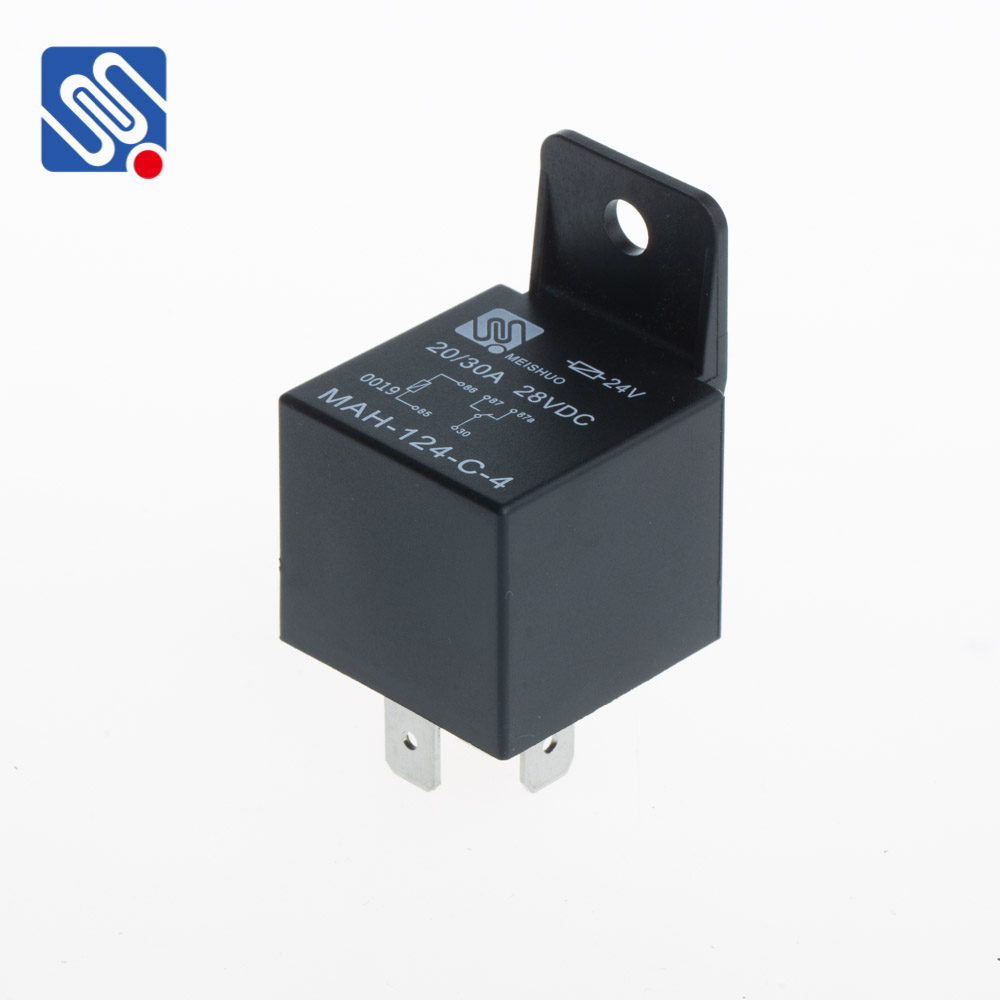Relays are essential components in electrical circuits and systems, acting as switches that control the flow of electrical power based on input signals. Understanding how to operate and troubleshoot relays is crucial for ensuring the proper functionality of various applications, from industrial machinery to everyday electronic devices. This guide will provide an in-depth explanation of relay operation, types, installation, maintenance, and troubleshooting to help users gain a solid grasp of this versatile technology.

What Is a Relay? A relay is an electrically operated switch that allows a small electrical signal to control a much larger one. It typically consists of a coil, which when energized creates a magnetic field, activating contacts that open or close to complete or break an electrical circuit. The simplicity of relays enables them to be used in a wide range of applications, including controlling motors, lighting, alarms, and even in complex industrial automation systems. Types of Relays
There are several types of relays, each suited for specific tasks. The most common types include: Electromagnetic Relays (Mechanical Relays): These are the traditional relays that use an electromagnetic coil to activate contacts. They are ideal for general switching applications but are prone to wear over time due to mechanical movement.